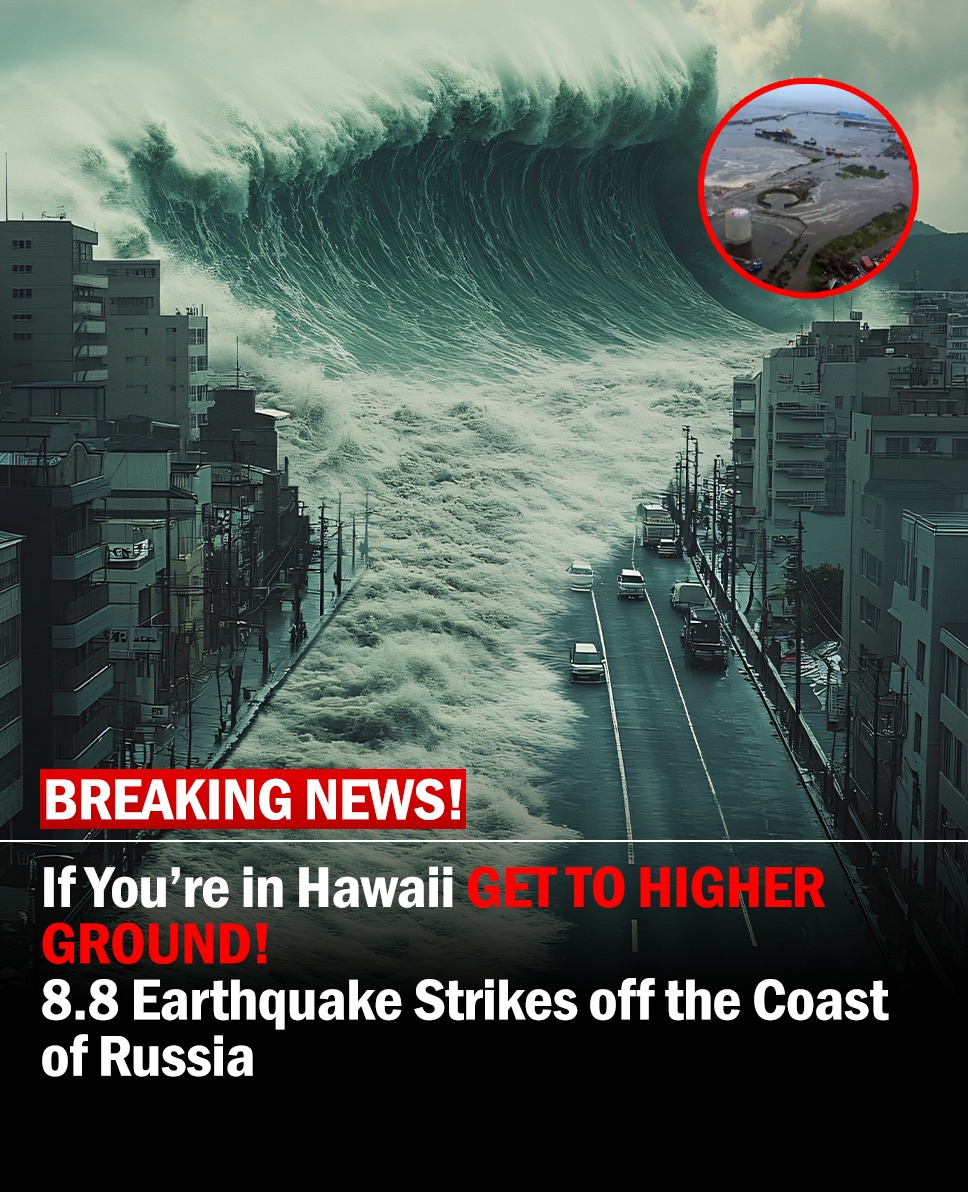Massive Earthquake Strikes Kamchatka Peninsula: Tsunami Alerts Issued Across the North Pacific
In the early hours of July 30, 2025, a significant seismic event shook the Pacific region, as a powerful magnitude 8.8 earthquake struck off the eastern coast of Russia’s Kamchatka Peninsula. This earthquake, occurring approximately 125 to 136 kilometers east-southeast of Petropavlovsk-Kamchatsky, was recorded at a shallow depth of about 19.3 kilometers. The impact of this earthquake was profound, triggering widespread tsunami alerts that extended across the entire North Pacific region, raising concerns for coastal communities far beyond the immediate vicinity of the quake.
This earthquake is notable not only for its strength but also for the geographical context of the Kamchatka Peninsula. This region is part of the Pacific Ring of Fire, a horseshoe-shaped area known for its high seismic activity and numerous volcanoes. The tectonic plates in this area are highly dynamic, making it prone to significant earthquakes and volcanic eruptions. The event on July 30 serves as a stark reminder of the geological forces at play beneath the Earth’s surface and their potential to impact human life and infrastructure.
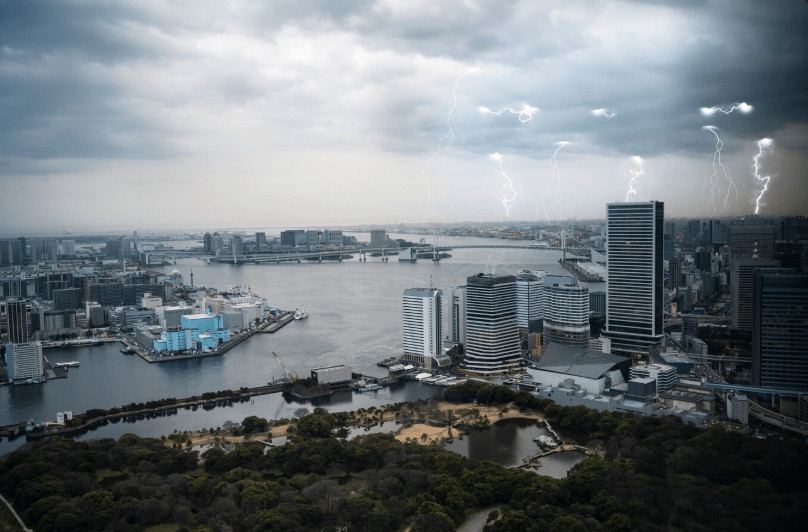
Immediate Reactions and Evacuations
In response to this alarming natural disaster, local authorities acted swiftly, issuing urgent evacuation orders for residents in critical areas. Communities in Hawaii, Japan, Alaska, and along the U.S. West Coast were especially urged to vacate coastal regions without delay. The fear of rising tsunami waves necessitated an immediate and organized response, demonstrating the importance of preparedness in the face of such disastrous events. The urgency of the situation was compounded by the fact that this earthquake marked the strongest global seismic activity since 2011, and the most formidable quake registered in Russia since the infamous Severo-Kurilsk quake of 1952, which had a magnitude of approximately M9.0.
The evacuation protocols in place were tested to their limits, showcasing the effectiveness of established emergency management systems. Local and national agencies collaborated closely, ensuring that information was disseminated efficiently to avoid confusion. In Hawaii, officials utilized a combination of social media alerts, text message notifications, and local news broadcasts to keep residents informed. The swift action prevented potential casualties, highlighting the critical nature of readiness in circumstances where natural disasters strike unexpectedly.
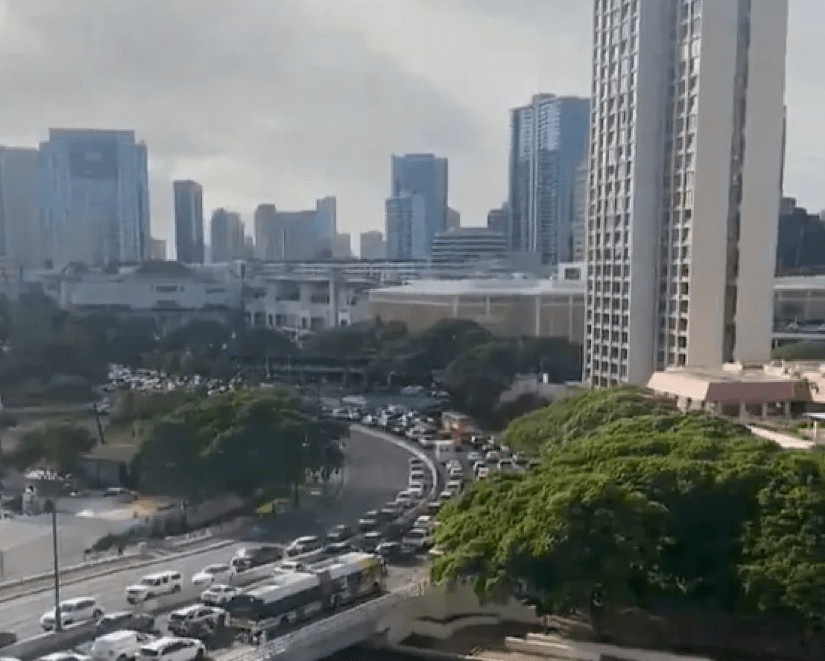
Tsunami Impacts and Observations
As tsunami waves began to materialize, their impacts were felt acutely in various regions. In Severo-Kurilsk, located in the Kuril Islands, initial reports indicated that wave heights reached an alarming 3 to 5 meters (10 to 13 feet), leading to significant flooding and destruction of coastal properties. Fortunately, the timely evacuations ensured that there were no reported fatalities in this area, which speaks volumes about the efficiency of the emergency response protocols in place. The town’s infrastructure, however, suffered considerable damage, with homes, roads, and utilities requiring extensive repairs and resources for recovery.
Conversely, in Japan, the situation unfolded differently; initial tsunami heights along Hokkaido and the coastal regions of Honshu were measured at a lower 40 to 60 centimeters, yet the Japan Meteorological Agency cautioned that waves could still escalate to heights of up to 3 meters, prompting precautionary evacuations in northern coastal areas, including heightened security measures at the Fukushima nuclear plant, which thankfully reported no irregularities. Despite the comparatively lower wave heights, the vigilance displayed by Japanese authorities was commendable, underscoring their commitment to disaster preparedness and risk management.
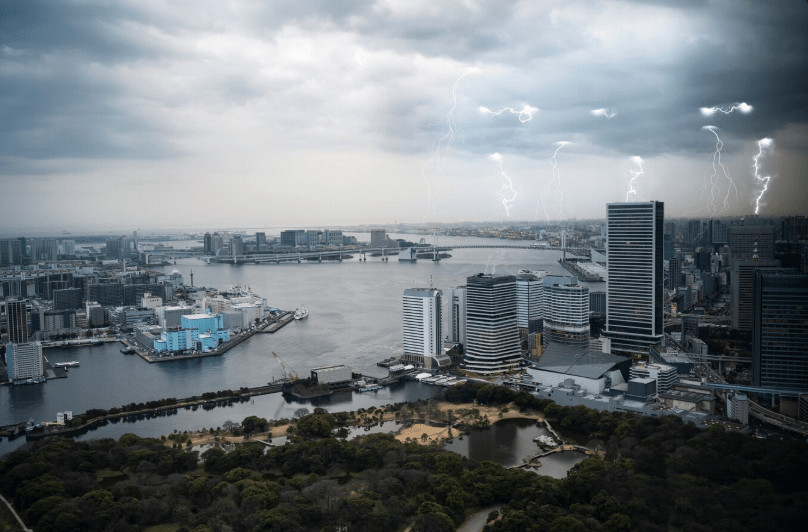
Impact on Hawaii and the U.S. West Coast
The repercussions of the earthquake were felt across the vast expanse of the Pacific, particularly in Hawaii, where local tsunami gauges registered activity indicating a 4-foot (1.2 meter) wave observed at Kahului and slightly higher measurements—up to 1.8 meters—on Midway Atoll. As residents responded to evacuation alerts, considerable traffic congestion was reported as people rushed to move inland to safer areas. Governor Josh Green emphasized the seriousness of the situation, warning that while immediate impacts were being assessed, the worst might still be yet to come. The island’s emergency services worked tirelessly to facilitate evacuations and ensure the safety of residents and visitors alike.
Meanwhile, authorities along the U.S. West Coast, including California, Oregon, and Washington, issued watches and advisories, forecasting waves of 1 to 3 feet (0.3 to 0.9 meters) late at night, while cautioning that greater surges could still arise. The unpredictability of tsunami behavior necessitated constant monitoring and updates, which were communicated through various channels, including the National Weather Service and local news outlets. Communities along the coast were reminded of the critical importance of adhering to evacuation routes and safety guidelines to minimize risks during such emergencies.
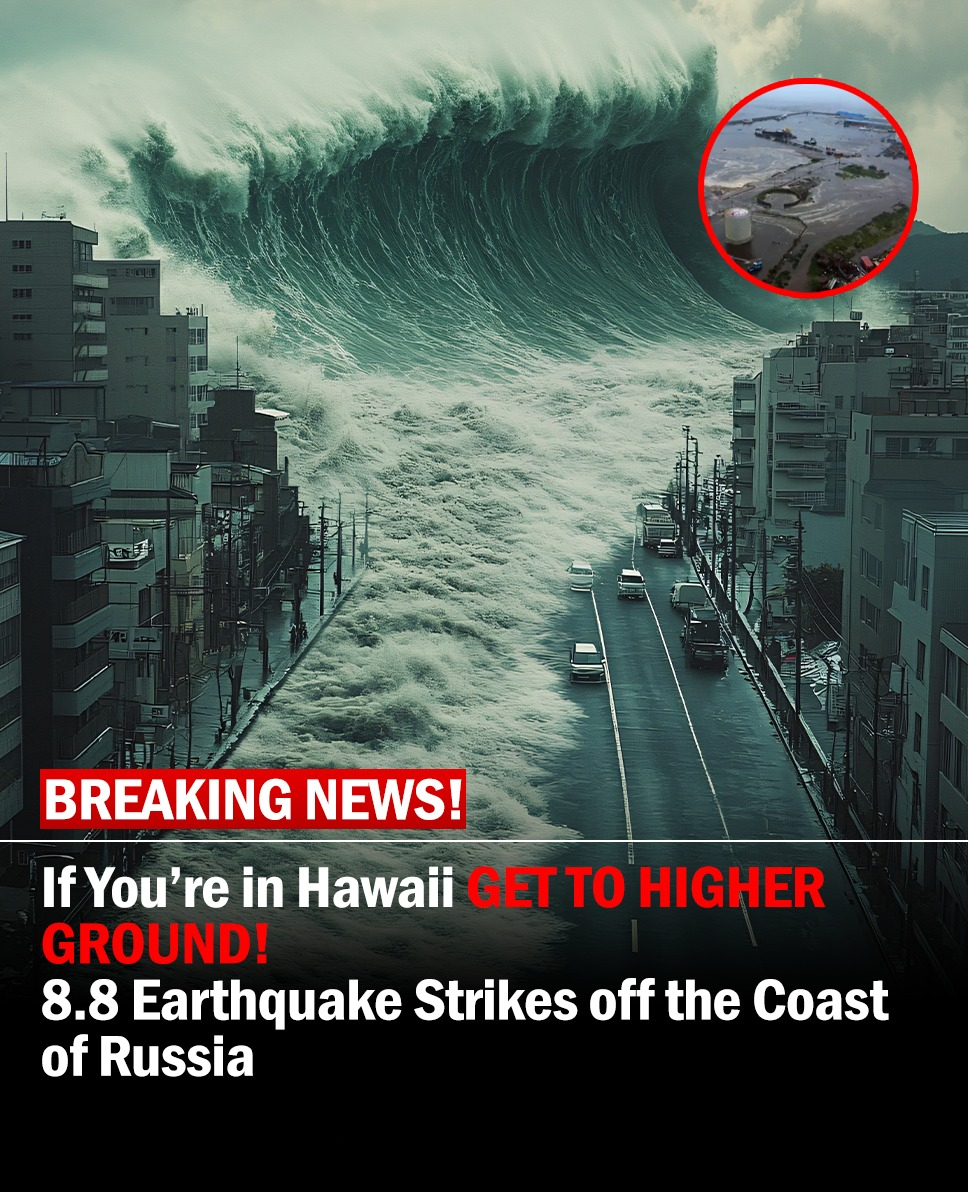
Understanding the Dangers of Megathrust Earthquakes
What makes this earthquake particularly alarming is not only its magnitude but also the characteristics of megathrust earthquakes, which can generate tsunami waves that traverse ocean basins within a matter of hours. The unpredictable nature of these waves means that their impact zones can extend far beyond the earthquake’s epicenter, presenting challenges for emergency preparedness and response. Experts in seismology have warned that aftershocks could reach magnitudes of up to 7.5, potentially triggering additional tsunami pulses in the hours and days following the initial quake. This ongoing seismic activity underscores the need for residents in impacted regions, such as Hawaii, to seek immediate refuge in safe zones—preferably higher ground or inland areas at least 120 meters (4,000 feet) away from the shoreline.
Understanding the tectonic dynamics that lead to such powerful earthquakes is crucial for enhancing global awareness and preparedness. Geological studies highlight how the movement of the Pacific Plate against the North American Plate creates significant stress along fault lines, leading to potential megathrust events. As scientists continue to refine their models and predictions, the importance of public engagement through educational programs about earthquake preparedness cannot be overstated.
Staying Informed and Safe
For individuals living in or near the affected areas, it is crucial to adhere to local emergency protocols. Evacuations should be followed promptly, and marine and coastal zones should be avoided until authorities issue an all-clear signal. Staying informed through official sources, such as tsunami.gov and local government emergency systems, is essential during this critical time. The threat of tsunami waves may persist, with multiple surges potentially arriving over extended periods. Thus, residents are encouraged to remain vigilant and stay in designated alert zones until all warnings have been lifted.
This event is being monitored closely by international agencies and news organizations, emphasizing the global significance of such natural disasters and the interconnectedness of our responses. As we grapple with the realities of living in seismically active regions, the lessons learned from this earthquake will undoubtedly shape future preparedness strategies. Collaboration among governments, scientists, and communities will be vital to enhance resilience in the face of inevitable natural disasters. Moreover, the global response to this earthquake serves as a reminder of our shared responsibility to foster a culture of safety and awareness, ensuring that individuals and communities are equipped to face such challenges head-on.

